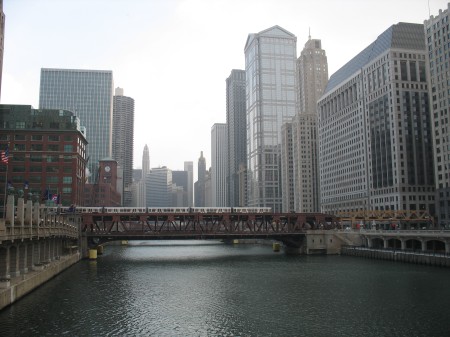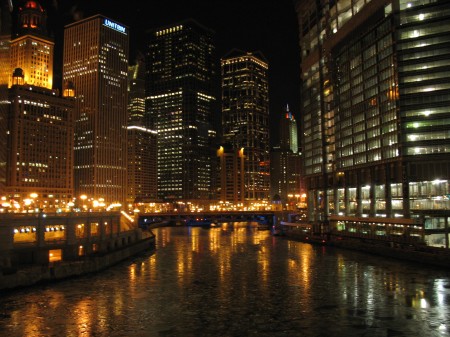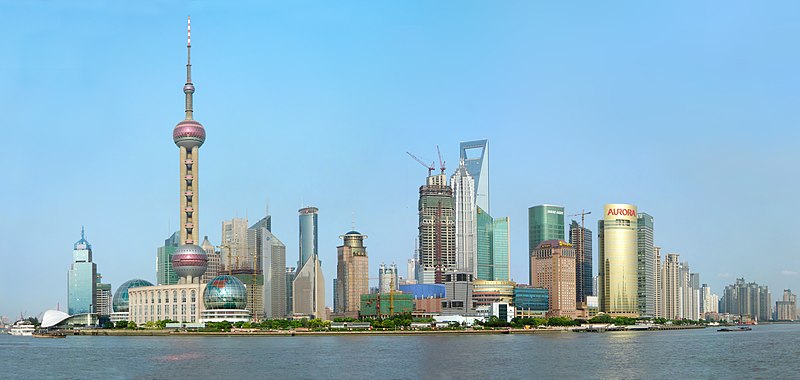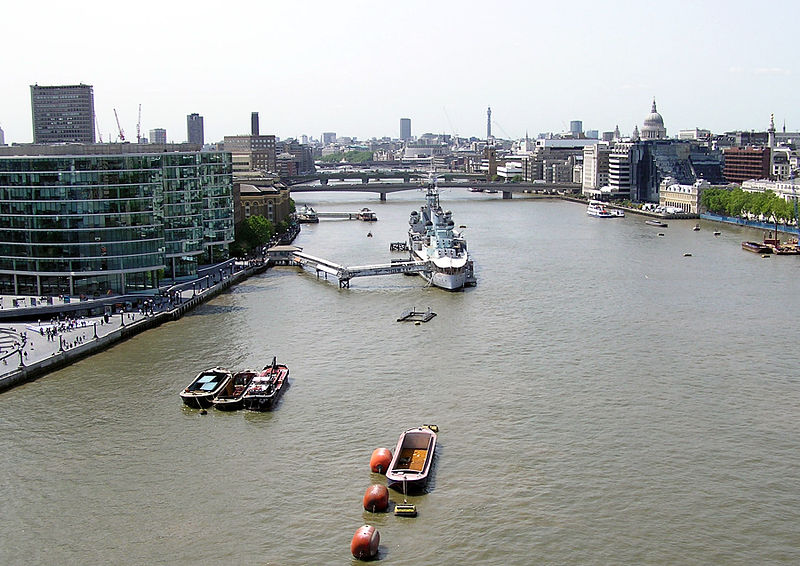Following up on discussion on having the Anacostia emulate Paris, I thought it would be nice to look at some precedents of urban rivers in other places. The idea that bothered me the most was the notion that narrowing the Anacostia’s channel by half would be no big deal to the river’s ecology.
Encouraging good urban waterfronts is a fantastic idea, but I fail to see why replicating Paris is necessary. Surely, the great density of bridges in Paris is a nice condition and helps connectivity, but there are plenty of other urban rivers to draw from as well (not to mention ‘one-sided’ urban waterfronts that face oceans, bays, or lakes where bridges won’t do you any good).
Not all of these are applicable to the Anacostia, but I thought it would be a cool exercise to see what’s out there. Also, it’s worth noting that you can have successful urban rivers with wide channels. I don’t mean for this to be extensive or exhaustive by any means, just showing what can be done (and by extension, how far we have to go in DC).
Chicago
Width: ~300 feet
The Chicago River surely isn’t a paradigm of environmental purity. Engineering projects reversed the river’s flow so that Chicago’s sewage and waste flowed away from Lake Michigan (and the city’s water supply), not into it. It’s perhaps one of the most ‘urban’ rivers in the world, flanked by massive skyscrapers and the double-decker Wacker Drive. Numerous bascule lift bridges cross the river, making it seem as if the river barely interrupts Chicago’s grid.
Picture from Wikipedia:
Pictures from the Author:


From the El, crossing the river on the Wells St Bridge:

Shanghai – The Bund
Width: ~1300 feet
Shanghai features a river on a scale more similar to the Anacostia. Though the Huangpu River isn’t all silted up like the Anacostia and still sees substantial ship traffic, it’s nevertheless a similar width. Shanghai features significant urbanism on both sides of the river, even without the frequent crossings. On the western shore is The Bund, featuring Shanghai’s colonial architecture, while the eastern side shows off the new skyscrapers of Pudong.
Photo from Wiki:
You don’t need to narrow the river in order to have an urban river condition.
Pudong, viewed from the Bund (wikipedia):
London
Width: ~1000 feet
Another river on a similar scale to the Anacostia, the Thames shows what you can do to integrate a wide river in an urban setting. Though bridges aren’t as frequent as Paris, the core of London still has several of them crossing the Thames, as well as numerous underground transit connections.
Wiki image from the Tower Bridge:
Paris
Seine
Width: ~500 feet
Nir Buras’ ideal for the Anacostia, despite the fact that it’s twice as narrow as the existing river. Nevertheless, there are great lessons for how the city interfaces with the river.
Wiki photo:
This is the basic design Buras is proposing – a lower level walkway that allows pedestrians to interact with the water, allows boats to dock, etc. The wall to the right would serve as a flood wall, and the remainder of the city’s grid and functions would sit on that higher plane. Much of Chicago’s river features similar differences in elevation, if not the charming walkways of Paris.








I’d actually love to have a Pudong Anacostia. And if the District could ease or eliminate height restrictions east of the River, you’d get a similar effect – smaller-scale midrise buildings on the right/north/west bank and a newer, more heterogeneous mix of high-rise development on the east/south/left bank.
Pingback: Rivers of Concrete, Lovely and Not « Straßgefühl
Yeah, I’ve talked before about Anacostia (speaking specifically of Poplar Point) as the perfect place for DC to add height beyond the current limit. You’ve got Metro connections, land, and the potential for a very interesting urban design.
The key would be infrastructure. Another case of adding height to a low-rise area is London’s Canary Wharf, which is served by the DLR. Imagine what Anacostia could be (and the rest of that area – Buzzard Point, East of the River, etc) if we could build a transit system of that scale there to interface with Metro.
Hydrologically there are problems with any sort of river wall. And would like affect the flow of water. It would be interesting to see if one could create something that had a more naturally relationship to river. More along the lines of Chicago’s lakefront.
Btw, Chicago is building a riverwalk and paying for it through TIF funding (nice public amenity way to use a TIF — they also use TIFs for Historic Preservation of storefronts — much more urban focused than parking garages (Columbia Heights) or other ways that TIFs have been used in DC.)
L’Enfant did intend for the Anacostia to be the central waterfront of DC. He had hoped that East Capitol Street would be the downtown leading to a public Wharf. Silt from the construction of early DC though, made the Anacostia nearly unnavigable. And so the port at Georgetown continued to grow.
As for 295. I actually have this love for urban freeways and the spaces they create underneath. There are some interesting examples at Pruned right now of cities — Seattle, Louisville, Portland and others that have created urban connecting parklands and active spaces below their freeways. There are ways of working with the SW/SE freeway without tearing it down.
I hate the idea of a Pudong-style height-derestricted SE, for a number of reasons.
Having been to Pudong & the Bund, I can say it looks great in photos, and is nice to walk, but the large buildings have made it feel like Reston Town Center on the water. There’s no sense that people dwell there (in homes or the businesses), so although there is some aesthetic quality to it, it doesn’t culture anything.
The strength of SE is that it really is still very neighborhoodie. Dropping a bunch of 30 story buildings in there sounds like an absolute nightmare. I see SE developing like New Orelans — ambling, unique mom & pop businesses, lots of music and food (and the neighborhoods for it to culture in.) The counterpart of SW’s tall square office & condo spaces. U st is one of the only neighborhoods in the city where music is “generated,” and that is an overstatement for an area that often feels like Jazz Disneyland.
The city’s height restrictions have already made it a place where work and living space don’t coexist. Keep SE a neighborhoodie place where people can generate culture — unique culture reflective of the city. A place to hang your hat up and step outside the business of D.C. Wall St looks prosperous, but does it really deliver much to the city? D.C. has big money generating institutions, what it needs is a place to feel at home after work.
I like the Chicago-river style view, but on a smaller DC scale. The way it blends is great and what Anacostia needs.
Pingback: Four ways to improve McMillan Two « city block